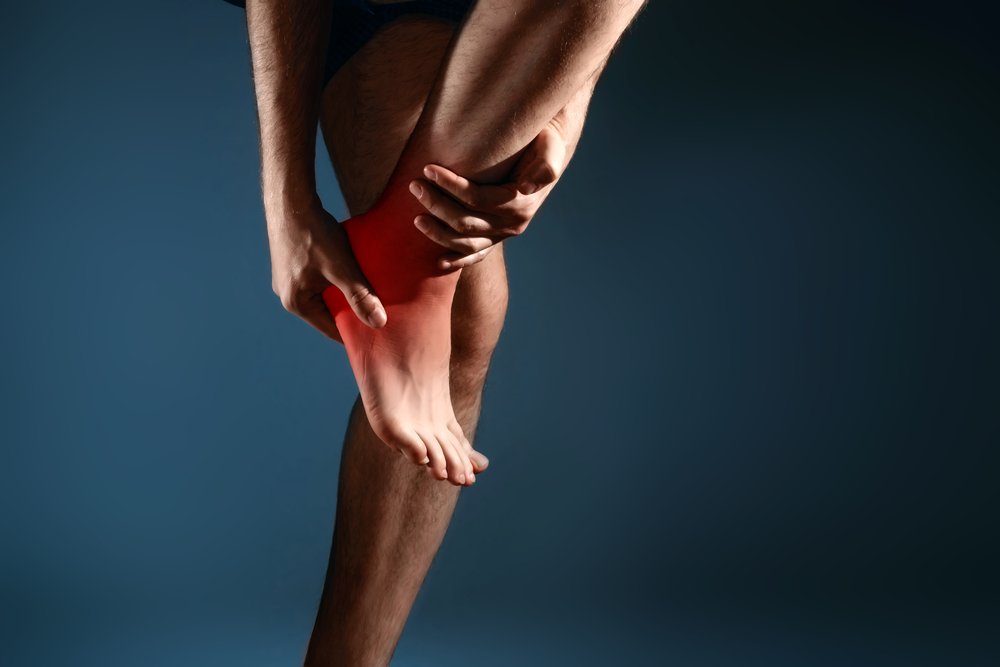Epidermolysis Bullosa Simplex Patients Need Better Pain Management Strategies, Small Study Finds
Written by |

Many adults and children with epidermolysis bullosa simplex (EBS-l) experience pain that can significantly impact their quality of life, but they lack access to adequate pain-management options, a questionnaire-based study found.
The study, “Pain and quality of life evaluation in patients with localized epidermolysis bullosa simplex,” was published in the Orphanet Journal of Rare Diseases.
EBS-l is a milder form of epidermolysis bullosa, a group of diseases characterized by blisters in the skin and mucosal membranes. In EBS-l, the blisters are generally confined to the palms of the hand and soles of the feet. However, despite the milder features of this condition, the lesions are extremely painful.
Now, a research team set out to characterize the pain in patients with EBS-l and evaluate its impact on the patients’ quality of life.
Patient enrollment was initiated via telephone by the Research Group of the French Society of Pediatric Dermatology, the EB patient association (DEBRA France), and DEBRA France social networks. After providing written consent, participants answered a standardized questionnaire and conducted telephone interviews with a researcher. The questionnaire included scales to evaluate pain and quality of life.
Researchers assessed the characteristics and intensity of patients’ pain, as well their anxiety and depression. The study evaluated 57 patients, including 30 adults and 27 children. The analysis showed that all of the patients said they experienced pain. All reported having pain in the feet, and 39% reported pain in the hands. This pain was usually associated with the formation of blisters and during dressing changes.
Three in four patients reported neuropathic pain, while 55% of children and 73% of adults reported that pain had a moderate to severe impact on their quality of life.
Only a small fraction of patients used 5% lidocaine plasters for neuropathic pain, which proved effective and had no side effects. A total of 21% used non-steroidal anti-inflammatory therapies (mainly ibuprofen), and 23% used grade 2 analgesics, such as moderate opioids, tramadol, or codeine. These two treatment types were ineffective for managing neuropathic pain.
Overall, the results suggest that EBS-l patients are frequently burdened with severe pain during blister flares, and they require better care.
“A better knowledge of the specificities of pain in EBS-l is essential for diagnosis and adapted treatment, with the development of new strategies including topical analgesic treatments such as lidocaine patch. A close collaboration between the dermatologist and algologist is essential to evaluate and manage pain,” the team concluded.





